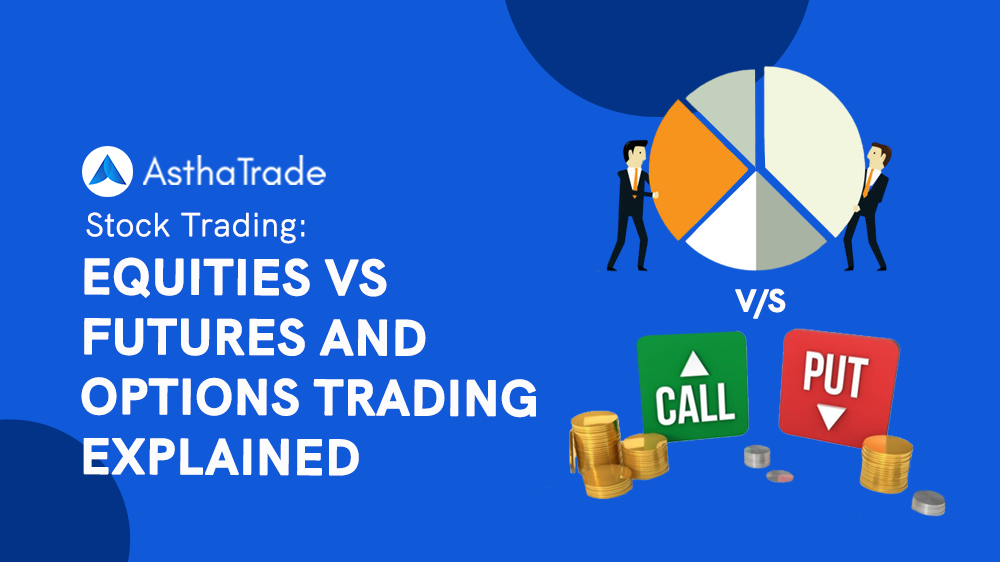In the realm of investing and hedging, two powerful tools emerge: futures and options. These financial instruments empower traders and investors to manage risk, speculate on future events, and potentially reap substantial rewards. Understanding the nuances of futures and options trading unlocks a world of opportunities, but also requires careful consideration of their inherent complexities.

Image: asthatrade.com
Futures and options fall under the umbrella of derivatives, financial instruments that derive their value from an underlying asset. Unlike stocks or bonds, which represent ownership or debt, derivatives establish a contract between two parties to exchange an asset at a specified price on a predetermined date in the future. This ability to lock in prices in advance provides immense flexibility and risk management capabilities, enticing both novice and seasoned investors.
Futures Trading: Predicting and Hedging Price Movements
Futures contracts are agreements to buy or sell an underlying asset, such as a commodity, currency, or stock index, at a specified price on a predetermined future date. Futures trading allows individuals and businesses to hedge against future price fluctuations and lock in today’s prices for future transactions.
For example, a farmer who expects their upcoming harvest to yield a certain amount of corn can enter into a futures contract to sell that corn at a predetermined price in the future. This protects them from potential price drops, ensuring they receive a fair return on their crop regardless of market conditions.
Conversely, a company that heavily relies on a particular commodity, like oil, can buy futures contracts to secure today’s lower prices for future purchases. This hedges against the risk of rising oil prices, potentially saving millions of dollars on operational costs.
Options Trading: Managing Flexibility and Risk
Option contracts grant the buyer of the contract the right, but not the obligation, to buy or sell an underlying asset at a predetermined price within a specified time frame. This flexibility gives traders and investors a valuable tool for managing risk and speculating on future market movements.
Call options give the buyer the right to buy an underlying asset at a specified strike price before a set expiration date. This is beneficial if the trader believes the asset’s price will rise in the future. Put options, on the other hand, grant the buyer the right to sell an underlying asset at a strike price before the contract expires, a strategy employed when the trader anticipates a price decline.
The beauty of options lies in the diversity of strategies they offer. Traders can buy calls or puts depending on their market outlook, and they can combine these strategies to create more complex trades. This allows for a nuanced approach to risk management and profit-making, giving traders multiple ways to speculate on and hedge against price fluctuations.
Understanding the Risks: A Balancing Act
While futures and options trading provide immense opportunities, it is imperative to acknowledge the inherent risks associated with these instruments. Leverage, which is inherent in derivatives, can amplify both profits and losses. Speculating on future market movements carries inherent uncertainty, and traders should exercise prudence and carefully calculate their risk tolerance before entering into any contracts.
Furthermore, options trading can be a complex and nuanced field. Traders should thoroughly understand the different strategies and their risk implications before engaging in these markets. Education, research, and a clear understanding of the risks involved are vital for navigating the complexities of options trading successfully.

Image: www.wallstreetmojo.com
What Is Futures And Options Trading

Image: www.pinterest.com
The Bottom Line: Empowered Decision-Making in the Financial Arena
Futures and options trading offer sophisticated tools for managing risk, speculating on future events, and potentially generating significant returns. Understanding these instruments allows traders and investors to make informed decisions, capitalize on market opportunities, and protect themselves against adverse price movements.






